
IN the US the Midwest Pipe Band Association report that at the recent Chicago Highland Games they trialled a ‘concert formation’ for the Grade 2 and 3 Medley contests (see picture above). The feedback from bands and audience has been very positive, so much so that the organisers plan to use the same arrangement in 2016. All I can say to that is well done to all concerned.
Here’s what they did in Chicago: Competing Grade 2 and Grade 3 bands played the Medley event in ‘concert formation’ after their MSR, and Grade 4 and Grade 5 bands competed in the traditional circle. For the concert layout, a large rectangle shape was painted on the ground and the bands were allowed to form up in whatever manner they chose within the space. Judges were stationary at a table at the front of the bands, with piping adjudicators on the outside, and drumming and ensemble judges in the middle.
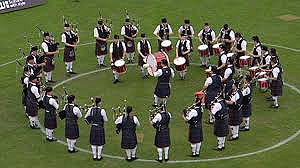
The closed circle formation of bands has been a bugbear of mine for many years and the column inches I’ve expended in the cause of a more audience and judge-friendly set up is considerable. The pipe band remains the only musical ensemble in the world, in the world, that turns its back on its listeners. That may be hard to believe but it is the ridiculous situation that we are in – and have been in since the SPBA was formed back in the 1930s. In all that time the military-based idea of competing in a circle has never changed. Every other aspect of pipe band presentation has been radically altered: dress, tune requirements, grading, bass and tenor section, leading drummer’s playing position have moved with the times. Not so the way our bands compete for the most important championships in the calendar.
The disadvantages of the circle are many. From the spectators point of view they get a kilted backside to study as they listen. They hear a muted sound with all chanters and drums pointing inwards, protected by a line of bodies. They would never dream of having this set up in a concert setting, so why in competition?
[wds id=”14″]
The pipe band world is notoriously traditional. Bands get comfort from being able to eyeball the pipe-major; I accept that. But pipers and drummers are musicians first and foremost or they are nothing. They play for the prize yes, but isn’t the audience important too? Can’t we devise a system that satisfies all the demands of public performance? If bands want to be treated like professional musicians then they need to start behaving like them when it come to performance. And anyone who says the consideration of the audience is not important is talking through a hole in their pipe bag. If the audience is not important then don’t charge them entrance money.
From the judging perspective the circle makes absolutely no sense whatsoever either. Who judges the balance of a bagpipe from behind? Yet that is what our adjudicators do week in, week out. At present they have only the march in from start line to circle, usually 20 or 30 seconds, on which to base a correct assessment of the instruments; thereafter, it’s drones first to the ear and that’s it. We never see pipe majors testing chanters from behind do we?, and if in the solo world a piper was to play his strathspey and reel with his back to the judges and audience it would be considered very bad form, the true sound and glory of the instrument lost on the listener.
To begin the change all we need is a rule that allows a band to play in open formation should they wish to do so. I firmly believe that after a short while it would become the norm. Sound projection, audience reaction, professional presentation, would all produce the sort of response that would make the bands opt for the new, not the old. Judges could be given the option of walking/standing and/or sitting.
Here is a suggested band formation template:
 Now to finish, here’s a report from Mr Sim himself: ‘We were looking for ways to make the pipe band contest more appealing to the crowd. We always have had a good contest but were looking for ways to make it more appealing to non-real pipe band enthusiasts. We had a normal MSR contest for the diehards. We then had the Grade 2 and 3 bands play their medleys in the concert formation of their choice. We moved the crowd ropes so the crowd could get closer. Many of the spectators were able to get behind the bands as well if they liked. The band as well as crowd response was better than we expected. All of the bands really enjoyed it. The crowd really loved it and it was our largest crowd ever to watch and listen to it. We have already announced that we will be doing it again next year. We may expand the concert formation to more Games next year as well. The Adjudicators also liked the event. It really gave them a complete musical presentation to the performance.’ Jim Sim, President, Midwest Pipe Band Association www.MWPBA.org
Now to finish, here’s a report from Mr Sim himself: ‘We were looking for ways to make the pipe band contest more appealing to the crowd. We always have had a good contest but were looking for ways to make it more appealing to non-real pipe band enthusiasts. We had a normal MSR contest for the diehards. We then had the Grade 2 and 3 bands play their medleys in the concert formation of their choice. We moved the crowd ropes so the crowd could get closer. Many of the spectators were able to get behind the bands as well if they liked. The band as well as crowd response was better than we expected. All of the bands really enjoyed it. The crowd really loved it and it was our largest crowd ever to watch and listen to it. We have already announced that we will be doing it again next year. We may expand the concert formation to more Games next year as well. The Adjudicators also liked the event. It really gave them a complete musical presentation to the performance.’ Jim Sim, President, Midwest Pipe Band Association www.MWPBA.org
If this doesn’t say it all then I don’t know what does. So my message today to all pipe band associations and contest promoters is this, why not follow the lead given by Chicago? In terms of presentation it would bring piping and drumming into line with other ensembles, it would please the photographers and the tv camera crews, it would please the audience and I do believe it would please the judges and the bands themselves. In the meantime a hearty well done to Mr Sim and his board; they realised things had to change and had the courage to make it happen.
• Comment welcome; please use the box below.
[wds id=”11″]


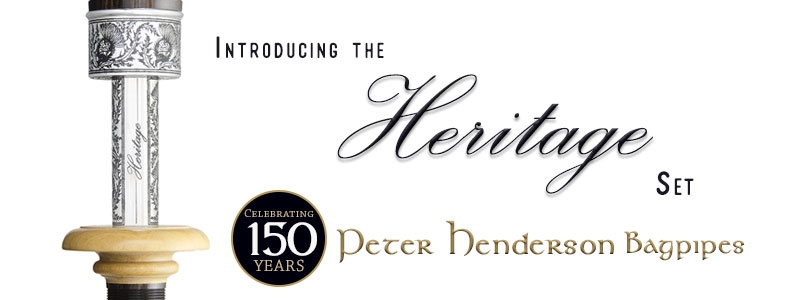

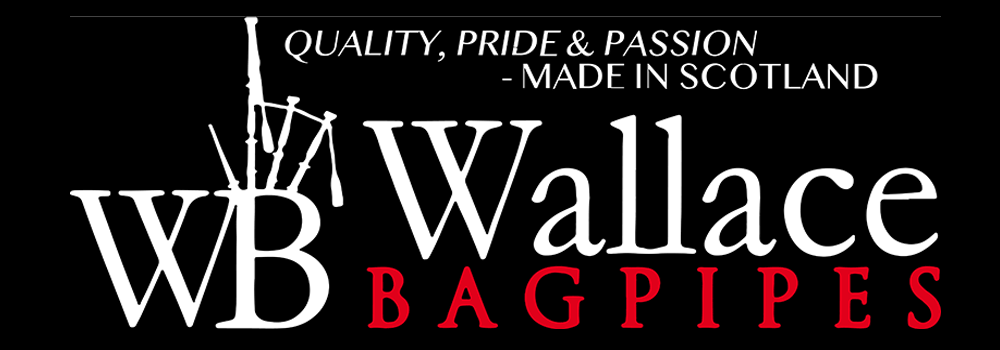




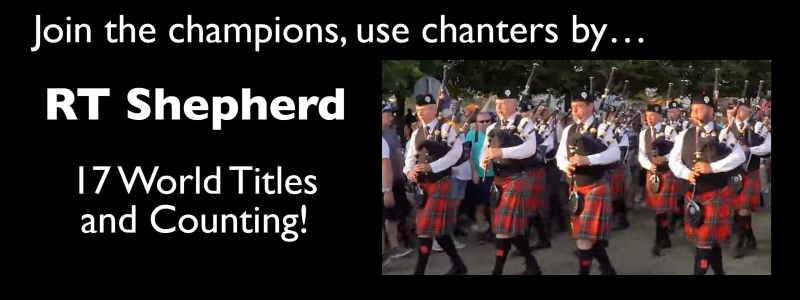
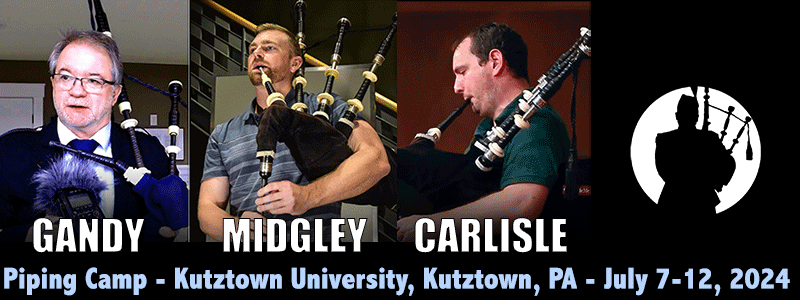


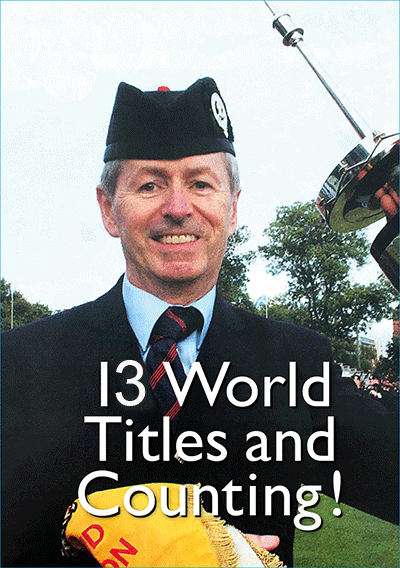
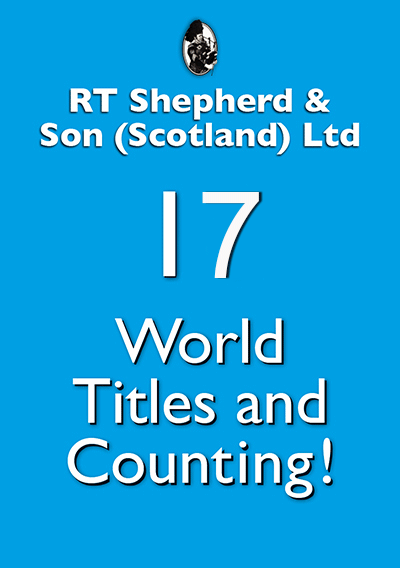
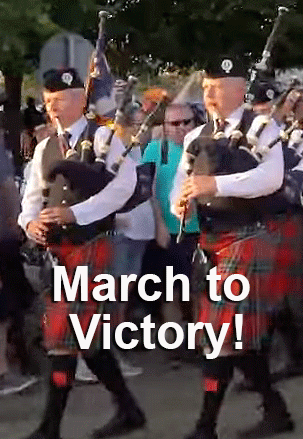







Here is how they do it in Singapore…
http://youtu.be/yqa7mW6oCAE
We trialled this at the Natal Scottish Gathering in Durban, South Africa, last month and it went down very well. It will be be adopted as the norm for this old and radio all competition so it looks like there some change afoot!
Very much appreciate this article and our band enjoyed performing at the Chicago Highland Games in this formation.
Regarding the layout you provided: I believe it’s a great start but I would like to add a suggestion. I do appreciate the position of the drumming judge relative to the drummers…(see below). I would like to assert that a concert pipe band formation ought to include risers to elevate the percussion section at the rear so that the sound carries through the band.
As a P/M, I find it more difficult to maintain “tight Ensemble” when split in half by the drummers vs. traditional circle. After experimentation, our band chose to place the percussion section behind the pipe corps for the sake of ensemble tightness. We got dinged since the drumming judge had a difficult time observing/fully assessing our performance but the ensemble result was very favorable and -to me- ensemble is the priority.
I suggest a quick Google Images search of “Orchestra” or “Concert Brass Band” and you will notice in nearly every image, the percussion section is elevated above and placed behind the other instruments of the ensemble (relative to direction facing). For the Orchestra or Concert Brass Band, this positioning is not accidental. It suits the nature and function of the percussion instruments relative to the musical ensemble.
I find this idea fascinating and I’m glad the MWPBA has decided to give it a try. I played my first competition in concert formation this year at the BC Indoor Games (concert formation is the only option because the competition is in a high school auditorium), and not without trepidation. The reality is you end up focused on the pipe majors feet and fingers anyway, just as you would if you were in a circle.The audience beyond is merely a blur once you start playing your set. The only difference for me was the proximity of the drum corps, which was interesting but not distracting, especially if you practice beforehand in your competition positions. Best of all, I think the audience is more attentive. In so many YouTube videos of even grade 1 bands, the audio is marred by someone in the audience talking (loudly, so they can be heard over all those bagpipers) about what they made for dinner last weekend, how the kids did at yesterday’s swim meet, etc. By showing some respect for the audience (playing to them instead of to ourselves) I think we gain a bit of respect for what we do and love.
“…. the vast majority come for the spectacle of colorful uniforms and massed bands marching in formation. ”
I wonder which is the chicken and which is the egg? Perhaps if it were played more like a concert, it would draw more of a concert audience!
Playing devil’s advocate: what about the cohesiveness of the band as a unit; respectfully…pipers are MORE than mere musicians; unlike others we memorize everything and value playing the most difficult fingered instrument in the world in unison with other pipers and drummers. Also, respectfully…where are the crowds of thousands of people coming to LISTEN to a pipe band? The contest audience is usually a relative few aficionados; the vast majority come for the spectacle of colorful uniforms and massed bands marching in formation. I wonder if a new formation will inhibit the development of young band members who need to watch and listen when they play? Finally, is a new formation really better? All that I have heard is that it makes it easier for audiences and judges. I wonder if the players will make more mistakes because they are playing as individuals and not as a unit and if this will really detract from the performance rather than add to it.
But they are watching. The PM steps out in front and faces the band.
In 100% agreement.
This is the fundamental principle: “But pipers and drummers are musicians first and foremost or they are nothing. They play for the prize yes, but isn’t the audience important too? Can’t we devise a system that satisfies all the demands of public performance?”
I suggest it should extend to all competition formats, not just band. Solo competitions, in particular pibroch, should all develop rules, guidelines and formats that bring out the musicianship of the performer and performance first and foremost.
We tried concert formations in the late 90s if I recall correctly. What was the reason it didn’t continue back then?